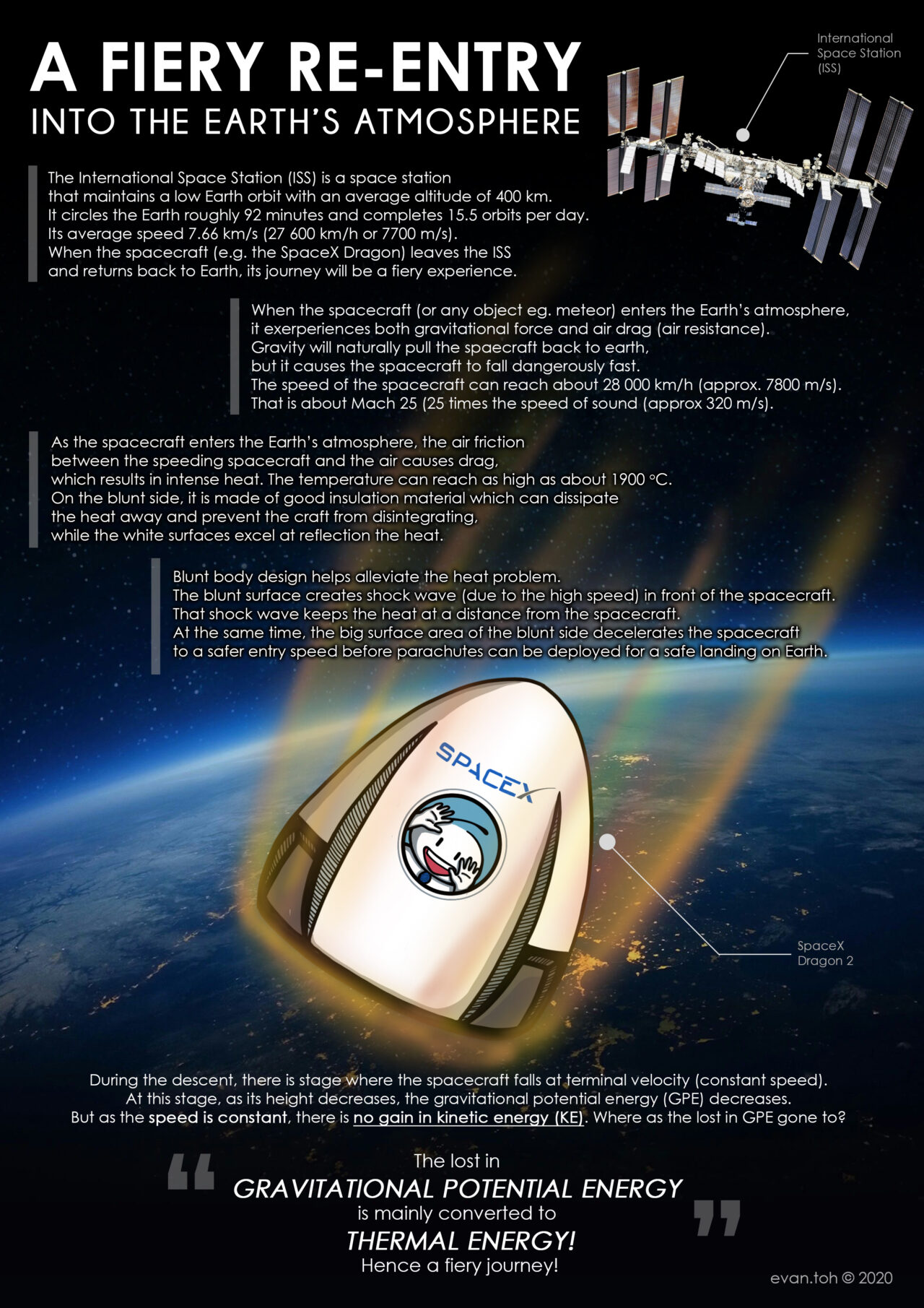
The return trip from space is a complex, high-stakes operation that combines science, technology, and sheer human bravery. This journey back to Earth’s surface, while less publicized than launches, is equally critical and fraught with challenges.
Key highlights
- Rough Ride Home: Astronauts experience intense conditions during reentry, including significant heat and forces akin to a series of car crashes.
- Heat and Friction: The spacecraft encounters extreme temperatures due to friction with Earth’s atmosphere, necessitating advanced thermal protection systems.
- Precision in Descent: Successful reentry depends on precise control over the spacecraft’s angle and speed to ensure a safe landing.

Understanding the Return Trip
The journey back to Earth begins when a spacecraft leaves its orbit. This departure is achieved by adjusting the spacecraft’s velocity, often requiring it to flip and fly backward briefly. This maneuver slows the spacecraft enough to leave orbit and start its descent through the Earth’s atmosphere.
The Role of Earth’s Atmosphere
As the spacecraft enters the Earth’s atmosphere, it faces two critical forces: gravity, which pulls it towards the Earth, and drag, or air resistance. The interaction with air particles creates friction, which slows the spacecraft down but also generates intense heat. Spacecraft reentry temperatures can reach up to 3,000 degrees Fahrenheit (about 1,649 degrees Celsius), necessitating the use of thermal protection systems to prevent destruction.
Thermal Protection Systems
The technology behind thermal protection has evolved significantly since the Apollo missions. Early spacecraft, like those in the Apollo program, used ablative material on the command module that would burn off, absorbing and carrying away heat. The Space Shuttle, however, introduced reusable thermal protection with durable insulation and heat-resistant tiles designed to withstand the extreme temperatures of reentry multiple times. These materials included Reinforced Carbon-Carbon (RCC) for the hottest areas, various types of insulation tiles for different temperature ranges, and advanced blankets and felt materials for areas experiencing lower temperatures.
Challenges and Dangers
The descent is not without its risks, as illustrated by tragic accidents like the Columbia disaster in 2003, where damage to the thermal protection system during launch led to catastrophic failure upon reentry. These incidents underscore the dangers inherent in space travel and the critical importance of the spacecraft’s thermal protection system.
The Reentry Process
The reentry into Earth’s atmosphere is a delicate balance of physics and engineering marvel. Spacecraft must navigate the thin line between entering the atmosphere too steeply, which could result in burning up due to extreme heat, and entering too shallowly, which could cause them to bounce off the atmosphere back into space. This balance is achieved through precise calculations and the utilization of thermal protection systems designed to withstand temperatures exceeding 3,000 degrees Fahrenheit (about 1,649 degrees Celsius).
Unique Insights
Returning from space is an extraordinary feat of human ingenuity and courage. It’s a testament to our quest for exploration and understanding, pushing the boundaries of what’s possible. The journey back to Earth, with its fiery descent through the atmosphere, is a vivid reminder of the harsh realities of space travel. Despite the advancements in technology and safety, the return trip from space remains a dangerous and challenging endeavor, highlighting the bravery of astronauts and the ingenuity of the engineers who design the spacecraft they rely on.






















